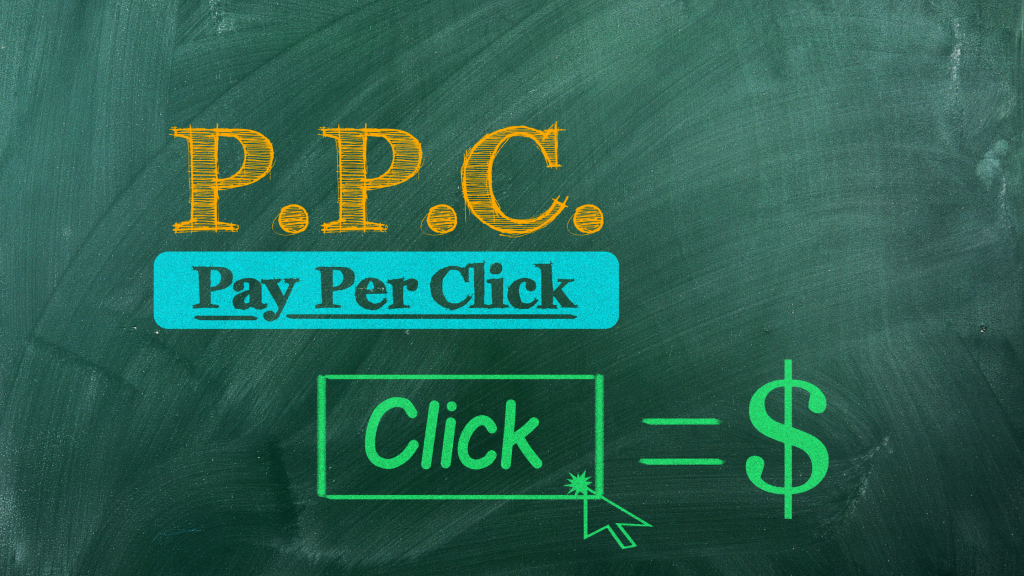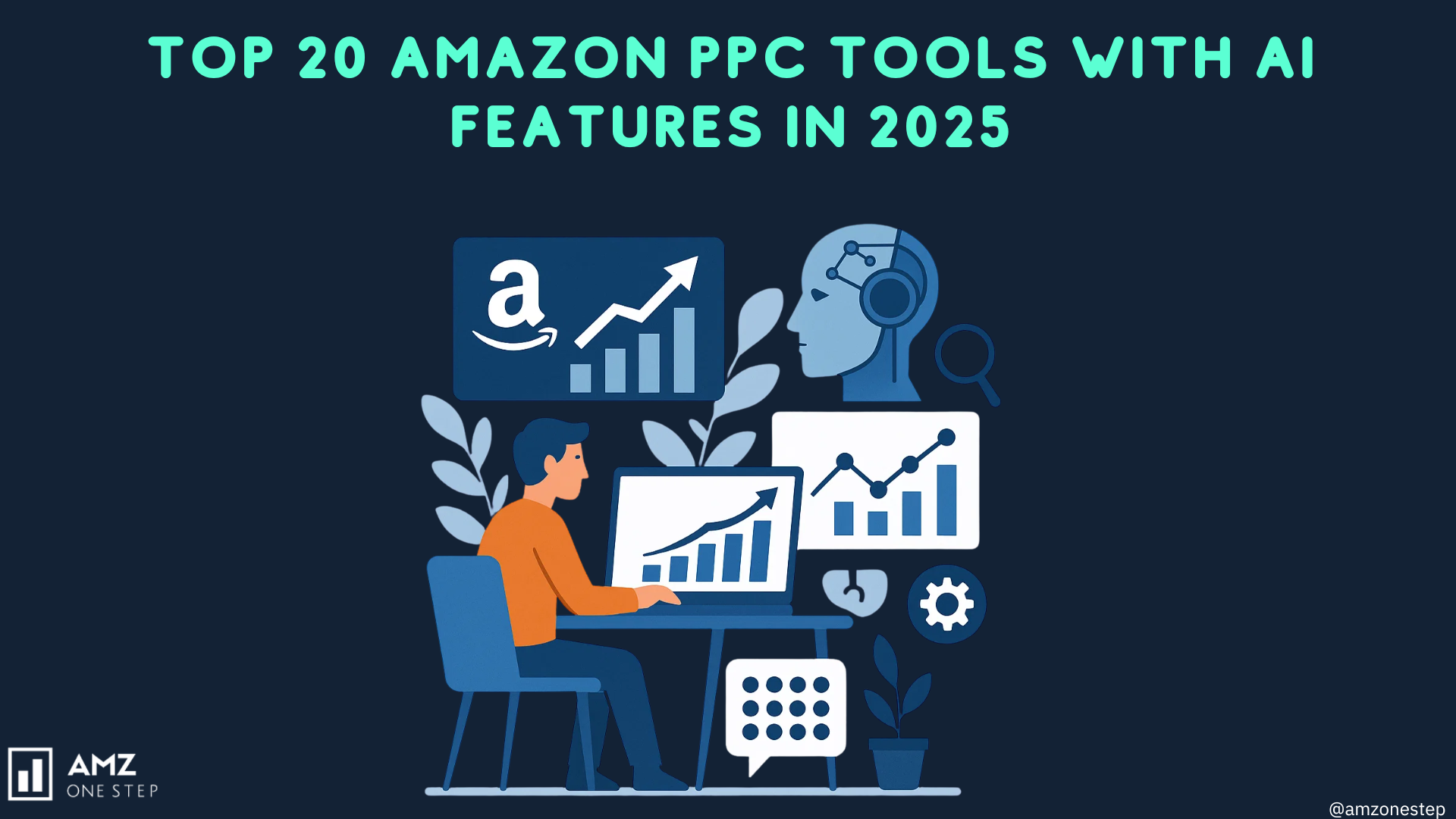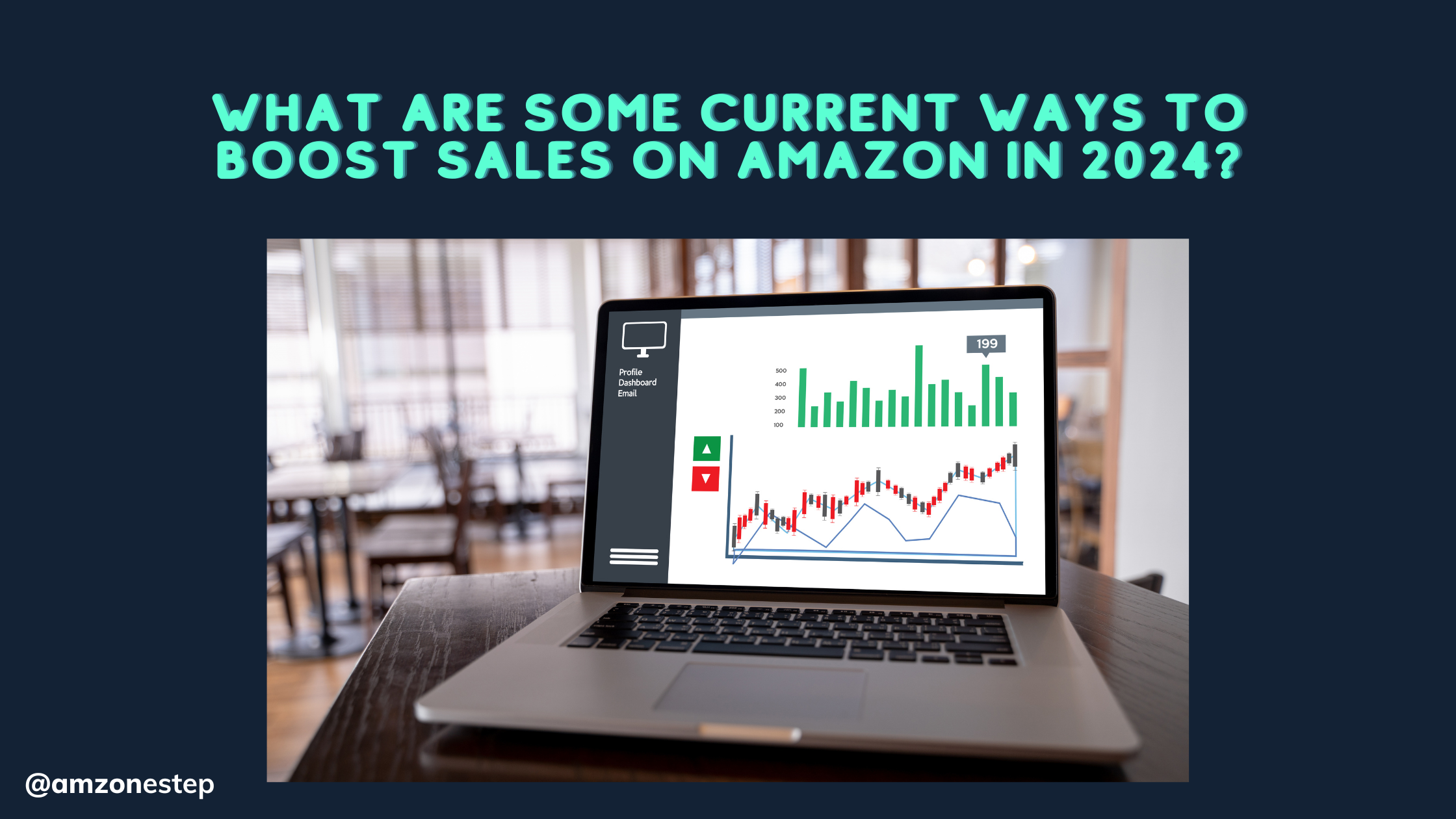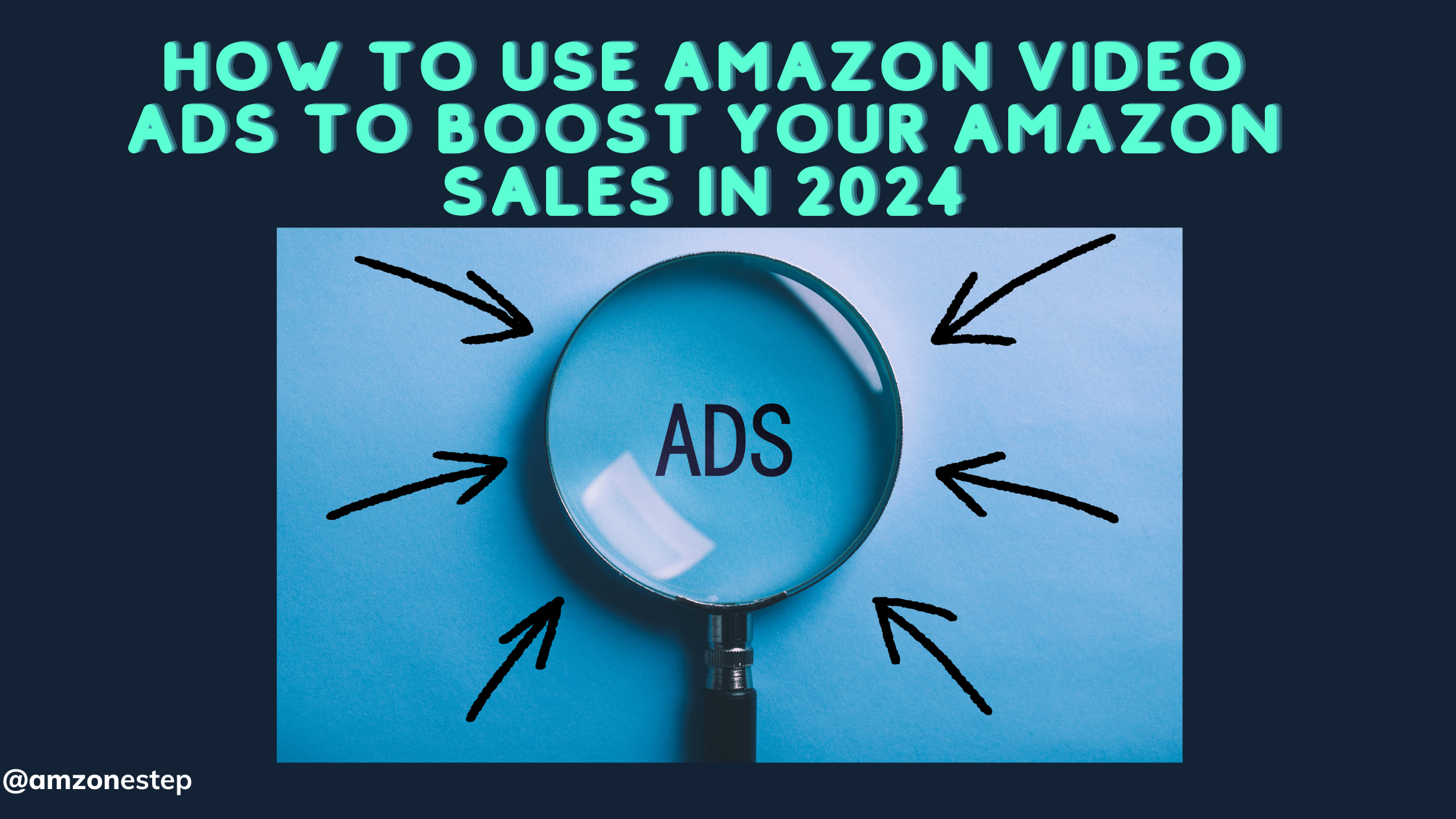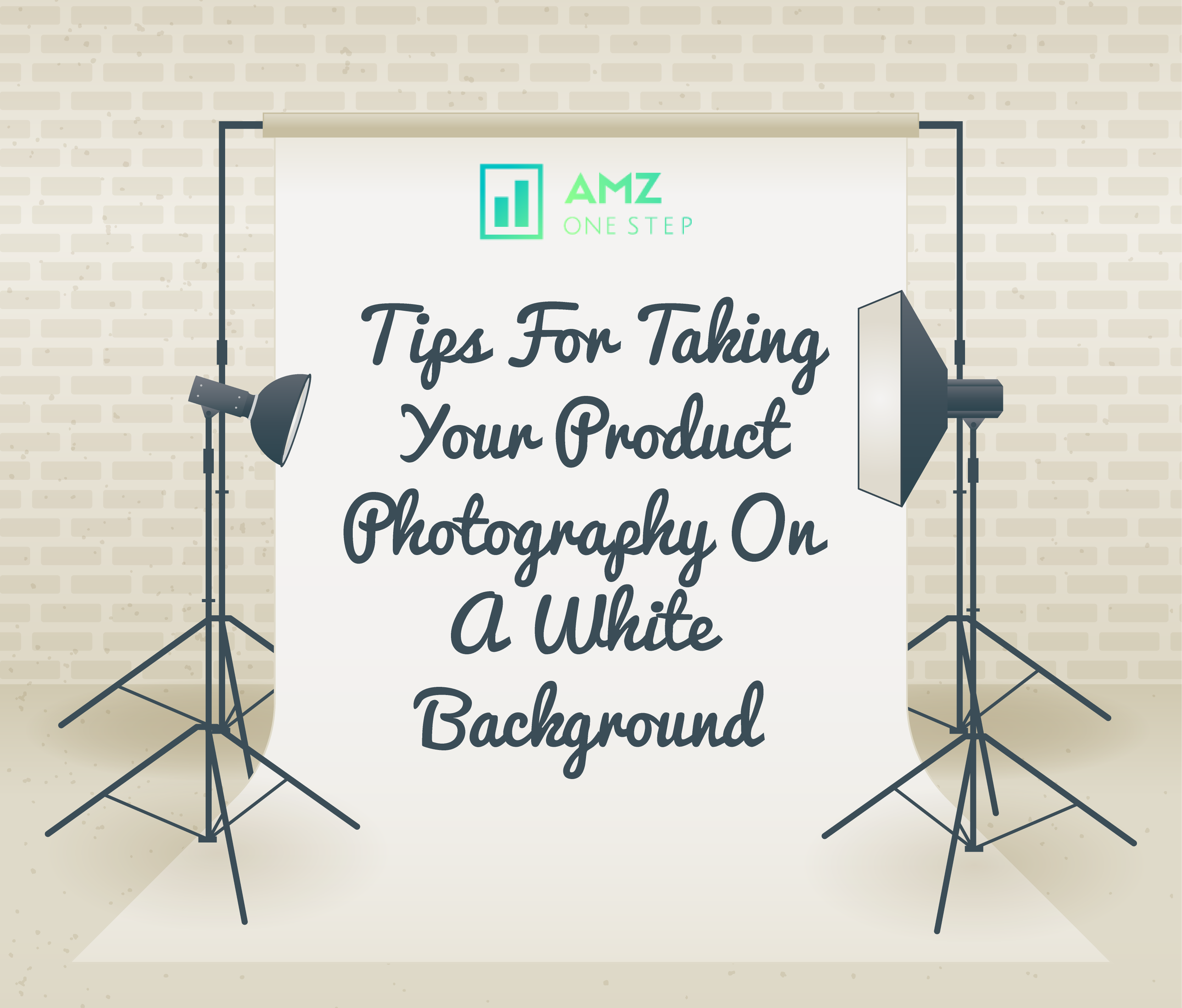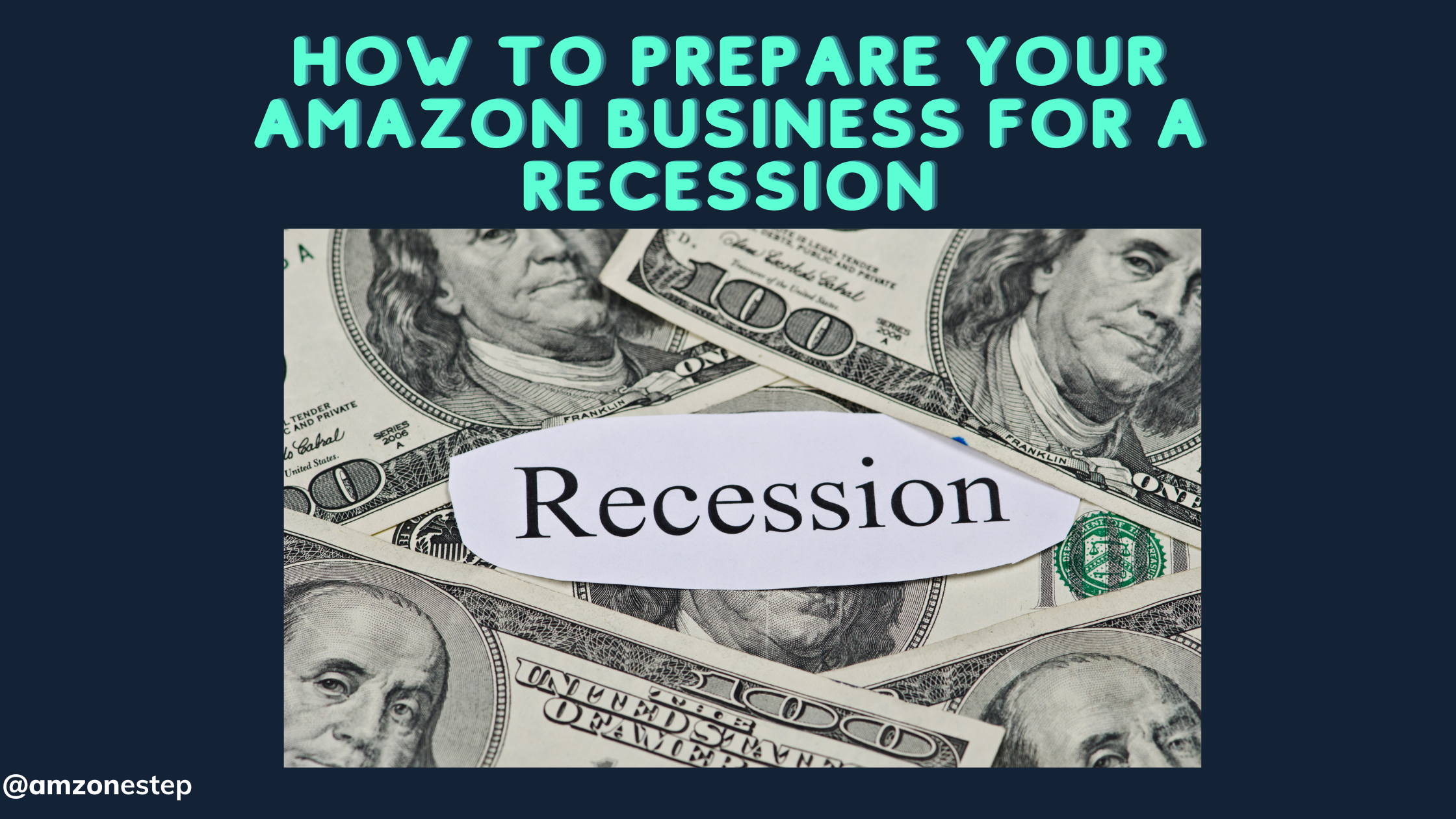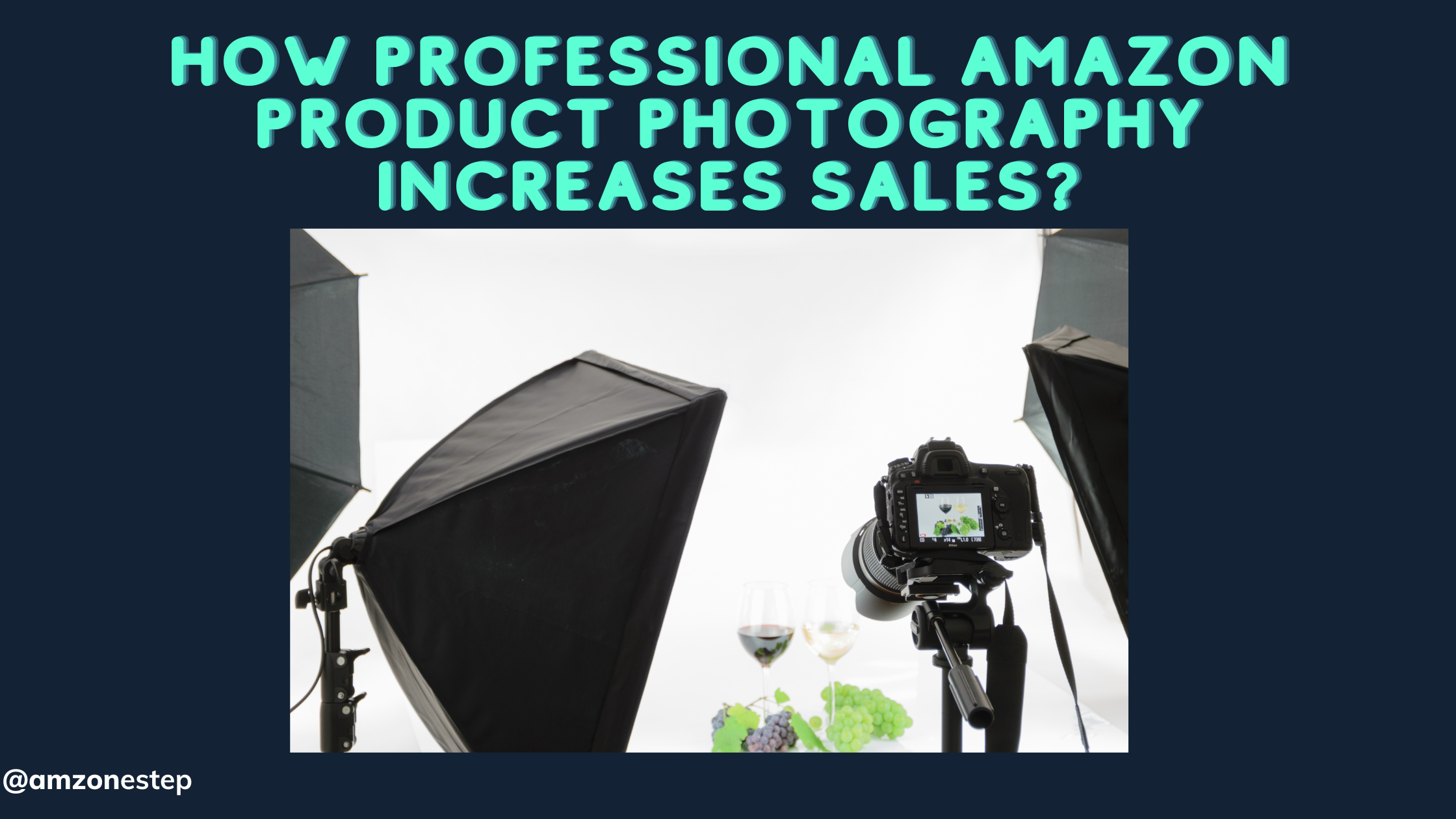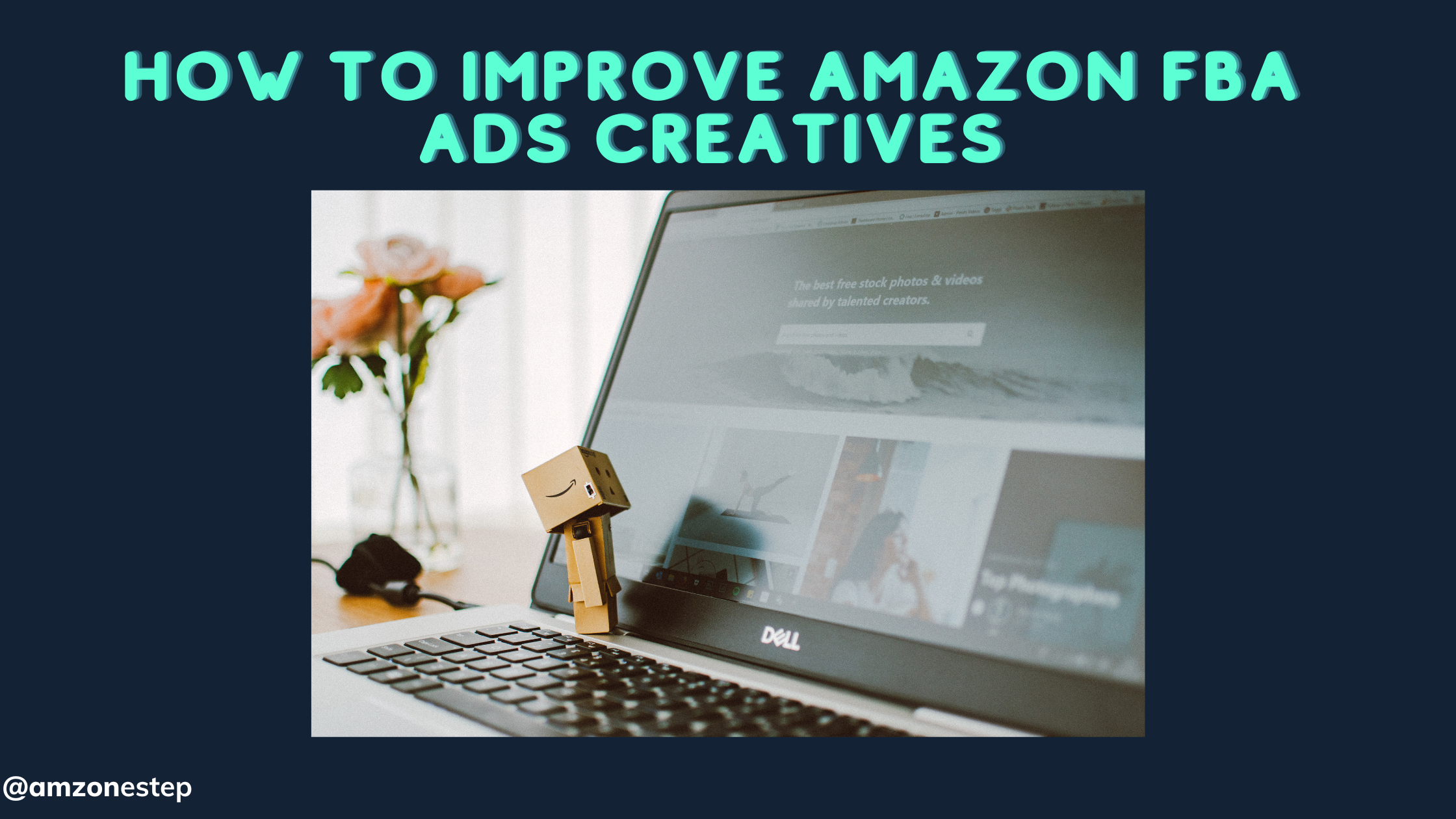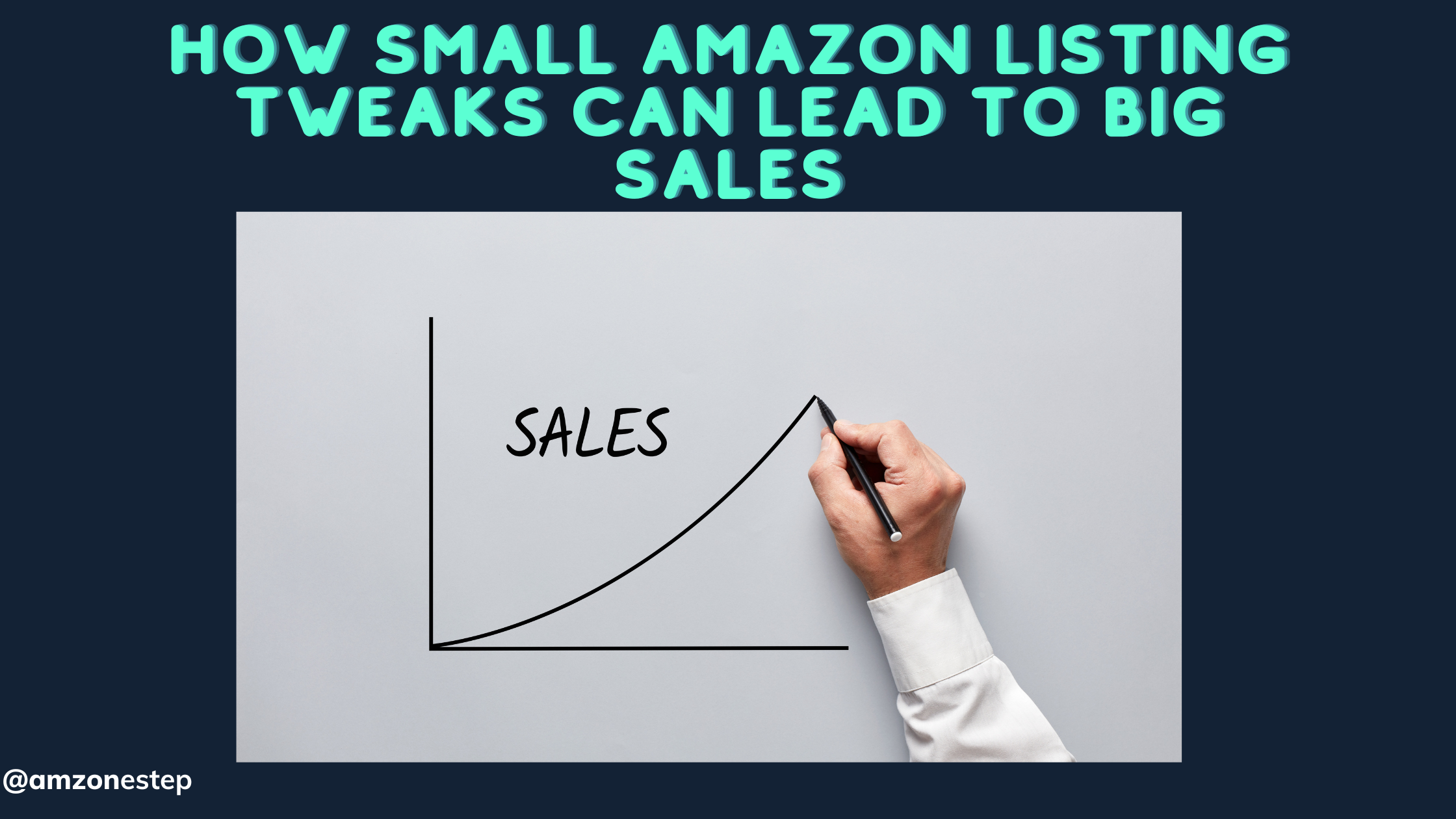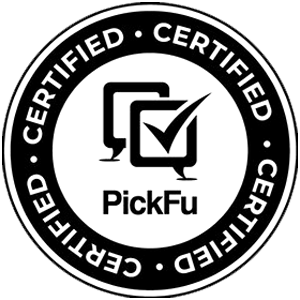As a seller on Amazon, you know it’s the largest physical search engine. Online retail giant Amazon has 400 million active customers with 50% or higher purchasing intent.
Meaning one of the most popular questions Amazon store owners ask is, ‘How do I get my products in front of more of these purchasers who are willing and wanting to buy a product like mine, with their wallets out and credit cards in hand?’
Simple answer: You can target high-volume keywords and competitors on Amazon PPC to increase product displays, clicks, and sales.
Setting Up Your Amazon PPC Campaign
Making a Campaign
Use Amazon Advertising Console
Visit the “Advertising” option in Amazon Seller Central. The left sidebar offers “Campaign Manager”.
Campaign Creation
Click “Create Campaign”. For single-product advertising, choose “Sponsored Products” or “Sponsored Brands” for multiple-product advertising. For Amazon partner website display adverts, choose “Sponsored Display”.
Set Campaign Goal
Choose from “Increase Sales,” “Increase Brand Awareness,” and “Drive Traffic to Your Website.”
Set Budget
Set a daily or campaign budget. Amazon suggests a keyword and product category-based budget.
Select Target Keywords
Determine what keywords potential buyers will use to find your products. Amazon recommends keywords based on your product’s features and category.
Type of Match
The fit type should fit your goals. Phrase match matches specific phrases and close variants, whereas broad match matches many keywords. Ads will only match the keywords you provide with an exact match.
Read More: Mastering Amazon’s Profit and Loss Statements
Choose Campaign Type (Products, Brands, Display)
Sponsored Items
- Target items and phrases
- Search results and product listings have ads.
- Effective for product-specific traffic.
Sponsored Brands
- Promotes your brand and products
- Top search results and product listing pages have ads.
- Promotes brand awareness and conversions.
Sponsored Display
Shows Amazon Partner Adverts
Use ads with product images, headlines, and descriptions to attract buyers who may not be actively searching for their products.
Benefit From Automation
Although it gives you more freedom, running campaigns by hand takes a lot more time. Consider the potential cost. Adding more resources to your Amazon PPC campaigns might get you a little better results, but it might not be the best use of your time.
Finding and testing possible terms is easy with Amazon’s automatic campaigns. It’s possible to use this information to confirm which keywords have a lot of traffic, convert well, and are worth pursuing in your plan. Here are some ideas:
- Make an automated program and compare it to one that you do by hand.
- Keep an eye on what comes up in Seller Central’s “Search Term Report” zone. Add keywords that work well to your manual ads and change your bids to match.
- This tip works for both automation tools that come with Amazon and software from other companies that add to Amazon’s features. You won’t have as much time or money to work on other parts of your business if you spend too much on PPC marketing.
Compete for Keywords Related to Your Brand
Others who sell on Amazon will sometimes bid on your brand’s terms and goods. What’s the principle behind it? They want to use your brand’s traffic to sell their goods.
If you don’t normally bid on keywords related to your brand, do it on Prime Day. Protecting your business will be your job.
Boost The Daily Funds For Advertising
You should raise your daily budget two weeks before Prime Day. More people will be able to see your ads, and you can use the info to make them better. Every day, your budget should be at least twice as big as normal, but not on Prime Day itself. If you can, triple the amount to improve your chances of success.
Stock Up More And Get Amazon FBM Ready
Running out of stock is one of the worst things that can happen on Amazon Prime Day. Go through your collection and restock it a long time before the event!
It can slow down supply and shipping if a lot of other Amazon sellers and vendors do the same thing. The lead time should be doubled or even tripled.
And sometimes, even if you have enough stock, your orders can’t happen on time. Creating an Amazon FBM (Fulfilled by Merchants) account is a great insurance plan. If things go wrong, you’ll already have a backup plan and won’t have to rush to find one when time is of the essence.
If you use Amazon FBM, you don’t have to ship everything yourself. You can also hire a warehouse or provider outside of your business to do it for you.
Make Amazon Product Ads Better
To get more sales from search engines, you should regularly improve your product ads. This is even more true when you start promoting on Amazon. It’s not enough to keep them up to date! Look over each entry and make the following changes:
- Product name
- Product Description
- Pictures
- Additional parts of product listings
When you start your online store on Amazon, make sure that your product videos look good on mobile devices.
Sales on mobile devices are growing, so you should also make sure that your product listings look good on mobile devices. As of recently, have you checked how your listing looks on your phone? Get ready to work and make sure that your Amazon mobile view has these contents:
- main image
- other images
- A short, clear text that lists the main benefits of the product goes with the listing images.
- Set up tables that show differences between things, like your offering and the competition.
Start Amazon PPC Advertising
Two weeks before Prime Day is the minimum time to launch an Amazon Ads campaign if you haven’t already. Why? Since 75% of Amazon customers are inclined to purchase an item they had previously found in the days leading up to Prime Day, this makes perfect sense. So, it’s in your best interest to target Amazon customers who are actively looking to make a purchase.
And that’s not all. At least two weeks are required to gather sufficient data for optimizing advertising campaigns. When targeting ASINs, which categories, and keywords yield the best results? Is there a way to manually bid on these specific ones on Prime Day, or should we switch them from an automatic campaign?
Those questions can be answered before Prime Day if there is adequate data. The data will help you maximize the return on investment (ROI) from your Amazon PPC ads.
Investigate Prime Day’s Past Records
If you have been an Amazon seller for some time, you might find it useful to review the numbers from prior years as well. Which items were successful? Which keywords were the most effective? Which ones didn’t?
3 Major Amazon Prime Day 2022 Discoveries
- People knew about the sale and couldn’t wait for it to happen so they could shop.
- Things with lower prices came out on top.
- Fewer sellers advertised, and those that did didn’t have to raise their bids as much, leading to less competition.
Overview of Amazon Prime Day 2022
Select The Appropriate Items
Prime Day is a great opportunity to clear out your slow-selling items, as everyone is tempted to do. The prospect of not having to pay for storage for an extended period is highly attractive.
What about the catch? However, there is a chance that this tactic will backfire. If product sales were already low before Prime Day, likely, that they won’t improve much. Spend your advertising budget wisely on:
- Products offered at discounted prices
- Most popular products
- Product reviews that are over 3.5 stars
They can boost their sales rank and yours simultaneously by advertising your best performance, which leads to more sales.
And because of that boost, you may observe increased sales for weeks after Prime Day (the so-called brand halo effect).
Post-Prime Strategy
Even though Amazon Prime Day is over, you can still make sales! These tips will help you long after the sales event is over:
Do Not Stop Running Your Best Amazon PPC Ads
People still look on Amazon for items they didn’t buy on Prime Day even after the event is over. After all, the sale lasts for only 48 hours, so shoppers may have missed it but are still looking for deals after Prime Day. For that reason, don’t stop advertising on Amazon as soon as the sales are over.
Keep running the ads that are working well if you have any. Take a look at your profit. A lot of the time, it makes sense to put some of the profit into online ads to bring in new customers.
Retargeting using Sponsored Display ads
Do Prime Day customers browse your product details page but not buy? Those are ideal for retargeting! Perhaps they didn’t buy on time. Shoppers may not have had time to investigate before buying.
Setting Up Sponsored Display Advertising For Retargeting
- Visit the advertising page for Amazon.
- Promoted Display Ads Can Be Set Up
- Pick the targeting method! Remarketing by Views
- Allocate additional time to assist customers.
Prime Day can be a great way to boost sales, but there will be more work to do after the event to ensure customers are satisfied. After all, you stand to gain more from increased product sales:
- Customer Inquiries
- Returns
- Refunds
Be sure to allocate additional time for customer assistance once Prime Day sales have ended when you organize your workload around the holiday.
Read More: Advanced Amazon PPC Tactics: Moving Beyond the Basics
Encourage Your Amazon Shoppers
Find out what customers want for the next Amazon sale. You can learn a lot from Prime Day, regardless of how well or poorly it went. Take note of the answers to the questions that follow. Here are some tips to help you write a summary detailing the successes and failures:
- Which keywords, ASINs, and product categories excelled?
- Which performed poorly?
- Which things sold best?
- Which performed worse? Which daily budget works best?
- Which bids were most visible?
Look At How Amazon Prime Day Went
This whole list of things is helpful for the next Amazon event. Then you can use what you’ve learned at your next sales event:
- Amazon Black Friday
- Cyber Monday
- potential Prime Day in October
- Next Prime Day
After Prime Day, your sales don’t have to come to a halt just because there’s a possibility of an October Prime Day or Prime Day after that. Promoting the deal for as long as possible should be a major focus of your Amazon Prime Day plan. Just how? Monitor your pay-per-click campaigns to determine which ones are yielding the best results.
Everyone who saw your product details page but didn’t buy it can be re-engaged with the help of Sponsored Display advertisements. Finally, when the next Amazon sale rolls around, use what you learned from analyzing your PPC effectiveness.
Do You Want Artificial or Human IQ for PPC?
A strong suit of artificial intelligence is its ability to sift through massive amounts of data and predict statistically sound outcomes. Because of this, it’s a useful tool for brands who want to write a bunch of identical sales (or listing) texts quickly.
Problematically, the vast majority of sellers on Amazon would gladly give up quantity for quality any day of the week. Since Amazon is a mature marketplace and sellers are becoming more sophisticated, being good is essential for success. The ability to move quickly will not make you stand out.
With regular and predictable data sets and times of relative quiet, artificial intelligence and machine learning typically perform best.
E-Commerce’s Curves Can Mix AI
One thing we can take away from the current state of the world is the importance of Amazon sellers being flexible and ready for anything. Recently, there have been a lot of difficult (and, more crucially, unanticipated) events, such as catastrophic global disasters and disruptions to the supply chain.
Algorithms aren’t always up to snuff when life gets rough. It goes beyond that, though. Using AI and ML to automate your pay-per-click campaign and optimize your Amazon listing images is like getting your news from Facebook.
Using Long Tail Keywords
Just how is that relevant to long-tail keywords? Long tail keywords are all about how they let Amazon PPC management businesses and sellers zero down on a certain niche. Moreover, it is located at a substantially lower stage of the marketing funnel.
Down to the point where window shoppers transform into actual buyers! Machine learning and artificial intelligence will remain in use for the foreseeable future. Artificial intelligence works best with shorter, seed terms, which is a major drawback when applied to online shopping.
Programs that use artificial intelligence and machine learning build prediction models using pre-existing data. The accuracy of the models improves as more data is input. The downside of collecting additional data is that you’re likely following a lot of Amazon sellers who are promoting the same things.
Optimizing Your Amazon Listing Using Long Tail Keywords
What role do long-tail keywords have in improving an Amazon seller’s listing ranking? After all, listing optimization is far less than Amazon PPC advertising for all those hot, high-volume, short-tail keywords. Use them in your listings, why not? That’s because they can be costing you a big penny in two different but connected ways.
Your click-through rate (CTR) and the number of sellers who click on your listings will both take a hit if you don’t provide enough details on the product you’re offering.
Strategies for Amazon PPC and Long-Tailed Keywords
To maximize their PPC advertising budgets, Amazon sellers focus on long-tail keyword strategies that target search phrases that both they and their competitors are converting for. Three primary factors motivate them to do so:
- Low levels of competition
- A lower bid price
- Better pay-per-click results
Consider the following example: if your keyword phrase is “shaped desk,” a typo of the word could provide you with 348 uncontested Amazon shoppers.
Why You Might Want Human Control?
You may optimize your bids for short-tail keywords with high search volume using AI automation for your Amazon PPC campaign. Machine learning algorithms can decipher all that keyword data as it is derived from repeated sales.
Increasing product recognition among a wide number of potential customers at the top of the advertising funnel is the usual goal of using these shorter-tail keywords. There is a great deal of competition and low conversion rates at the top of the sales funnel as well.
If you want to promote your goods on Amazon, it’s a waste of money to spend a lot of money on pay-per-click ads. Your pay-per-click (PPC) advertising budget should be going toward campaigns that generate sales.
Sellers on Amazon would do well to focus on the bottom of the funnel, where they may get better conversion rates while spending less on ads.
Amazon Video Ad Best Practices
The basics of producing and running an Amazon Sponsored Brands video ad are addressed, but there are other things to consider if you want to maximize its potential.
Create Short Videos
You can upload three-minute videos to Amazon, but less is more. Online video marketing serves as an engaging way to promote your product. Not using the format appropriately if it takes a few minutes.
Overlong videos are likely to be skipped. Short, to-the-point videos will attract more viewers and increase conversions.
Your videos should be 15–30 seconds long and without sudden changes. Unfinished videos damage user experience and ad performance.
Make A Product Education Video
Show your product and its usage without including superfluous features or fluff. Customers are more inclined to purchase your product if you provide them with detailed information about its functions and applications.
Additionally, to enhance credibility and establish trust with your audience, you can incorporate Amazon influencers and public relations mentions into your video content.
Make Sure The Video Is Soundless
Amazon will play your movie automatically when the viewer moves down the page but it will be muted unless they click on the unmute button. This renders the audio track superfluous and forces you to depend on the video’s visuals alone. Show subtitles and use eye-catching visuals.
Skip The Fancy Intro
There isn’t much time to introduce your offering, so don’t squander it. Speak your mind without sugarcoating anything; go to the point.
Stay On Top Of Amazon’s Rules
If you want your shorts to be accepted by Amazon, you need to follow their rules. Things you absolutely must not use are these:
- Low-quality, fuzzy photos
- Coupons and sales
- Spinning, blinking, or flashing objects or words distract.
- Volume fluctuations and noises
- Badly-written text
Ads cannot have white or black borders, pillar boxes, or letterboxes, and must have solid white or black frames at the top and bottom. Inadequate video quality and low resolution
Pushy Sales Techniques
Amazon rejects videos for the following reasons:
- Some have black bars.
- An abrupt edit hurts the consumer experience.
- Amazon trademarks or product references exist in the ad.
- Review/star ratings from customers
If you want to boost sales and optimize your Amazon PPC campaign, you should look at third-party tools.
Successful Case Studies
Polar
Polar makes unique sports technology for athletes and coaches. Polar’s Amazon marketing was unable to compete with other fitness wearable and technology brands.
Polar started working with a machine-learning Amazon PPC ad platform. The advertisers automated numerous PPC processes, such as entering keywords and tracking KPIs.
This machine-learning strategy generated 1,982 new conversions for advertising. Over 118 goods in six countries were converted. Polar reduced its Amazon marketing effort while optimizing 2,200,000 bids.
Fliegende-Pillen.de
With Amazon’s powerful search and advertising, they looked to boost their brand there. They offered over 70,000 medications, unfortunately.
Fliegende-Pillen.de needed an Amazon advertising partner to manage a great deal of data, monitor bids, and make several daily adjustments. They hired a company to optimize their Amazon adverts. With a -33% ACoS, they delivered over 900 keyword suggestions and 74,000 bids.
Become a PPC Pro with Amz One Step.

Hi there! I’m the content marketing and branding specialist for AMZ One Step. I work hard to create engaging and informative content that helps our readers learn more about Amazon selling and how to make the most of their businesses. I love spending time with my family and exploring literary works when I’m not writing or working on projects.
